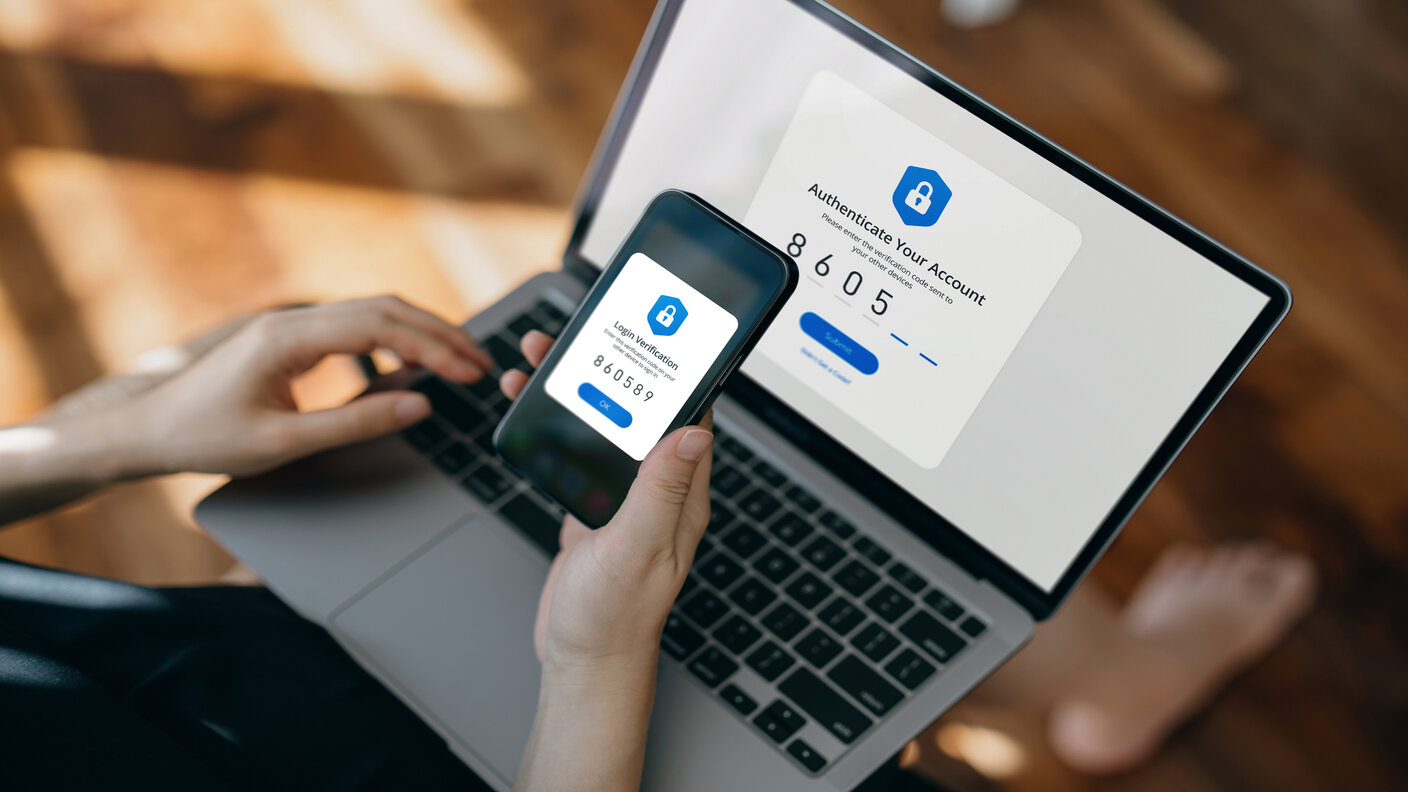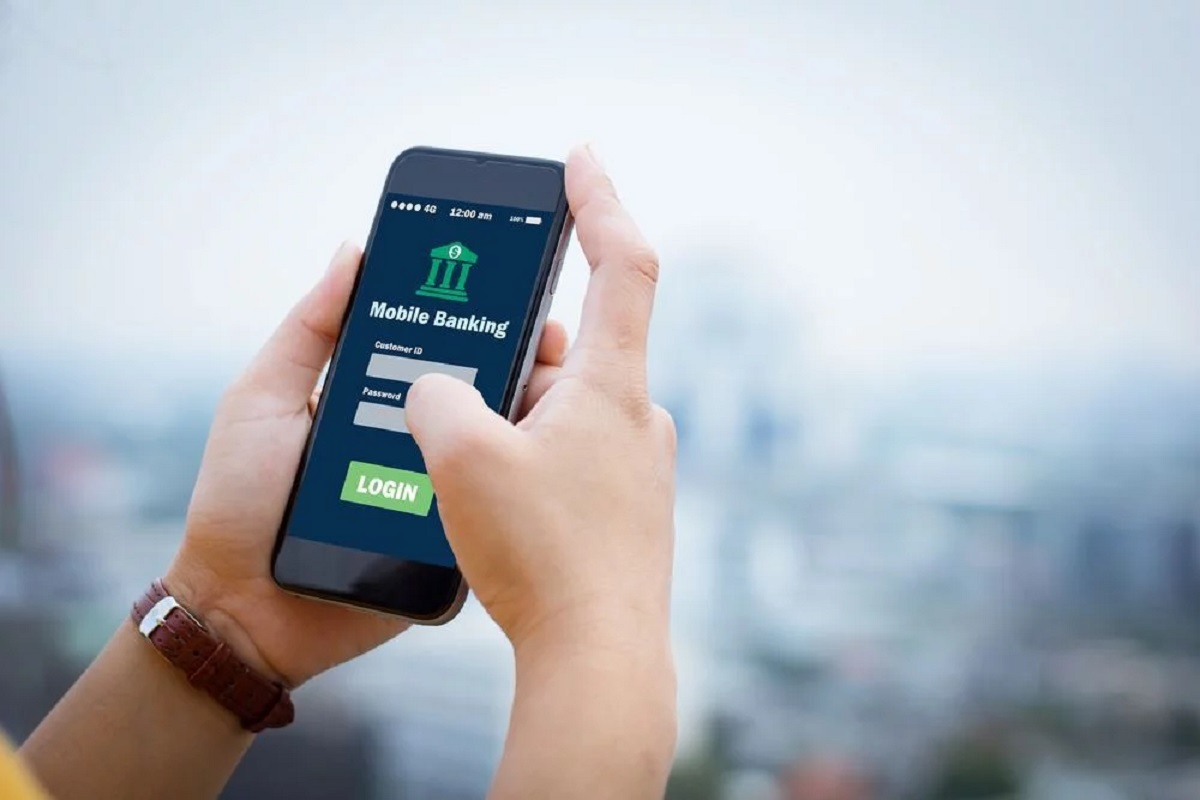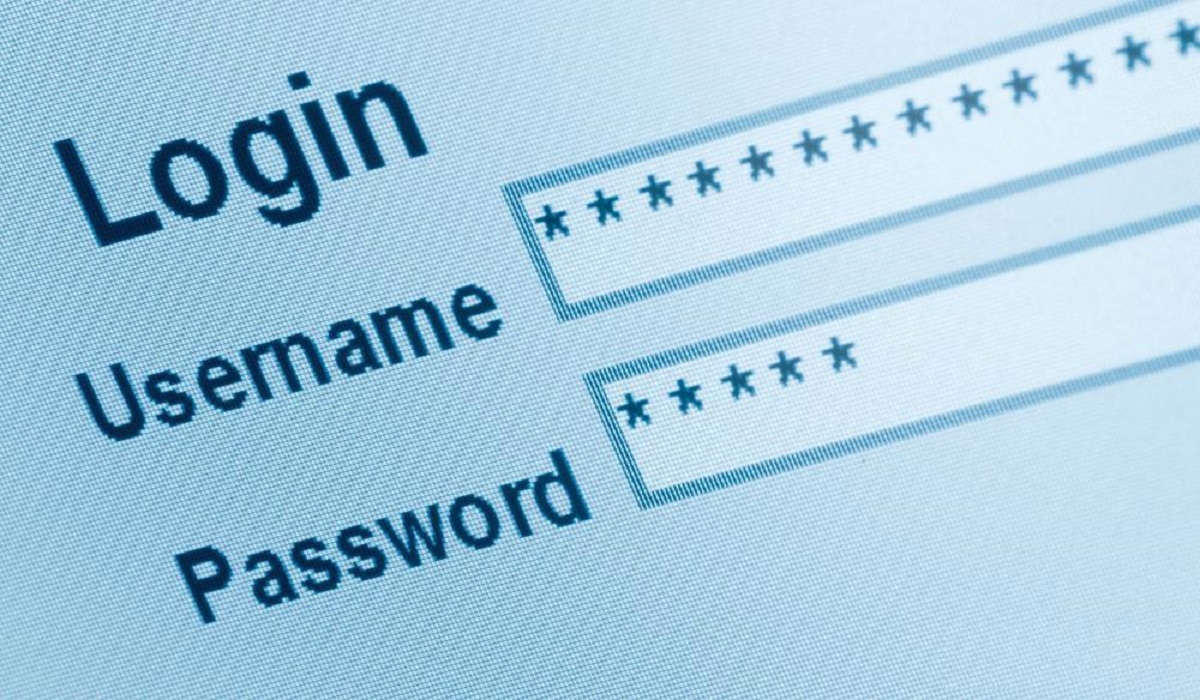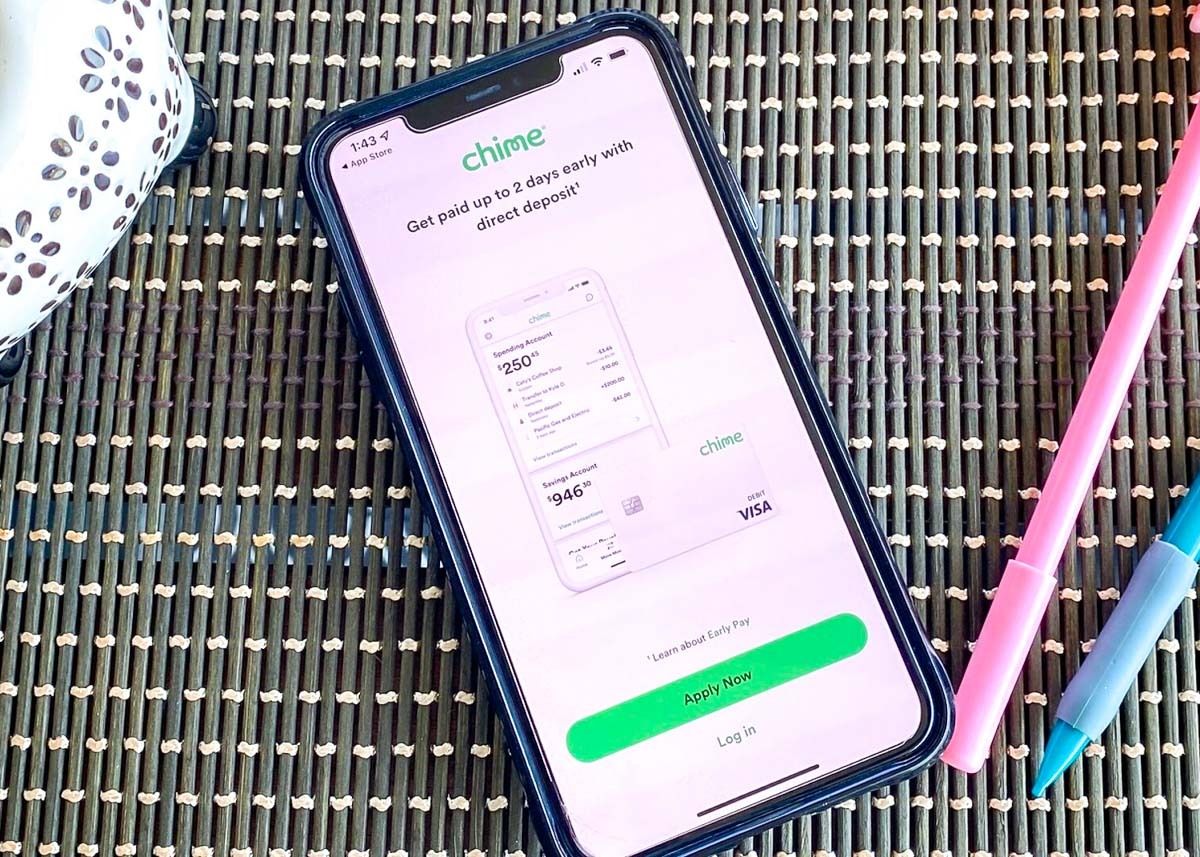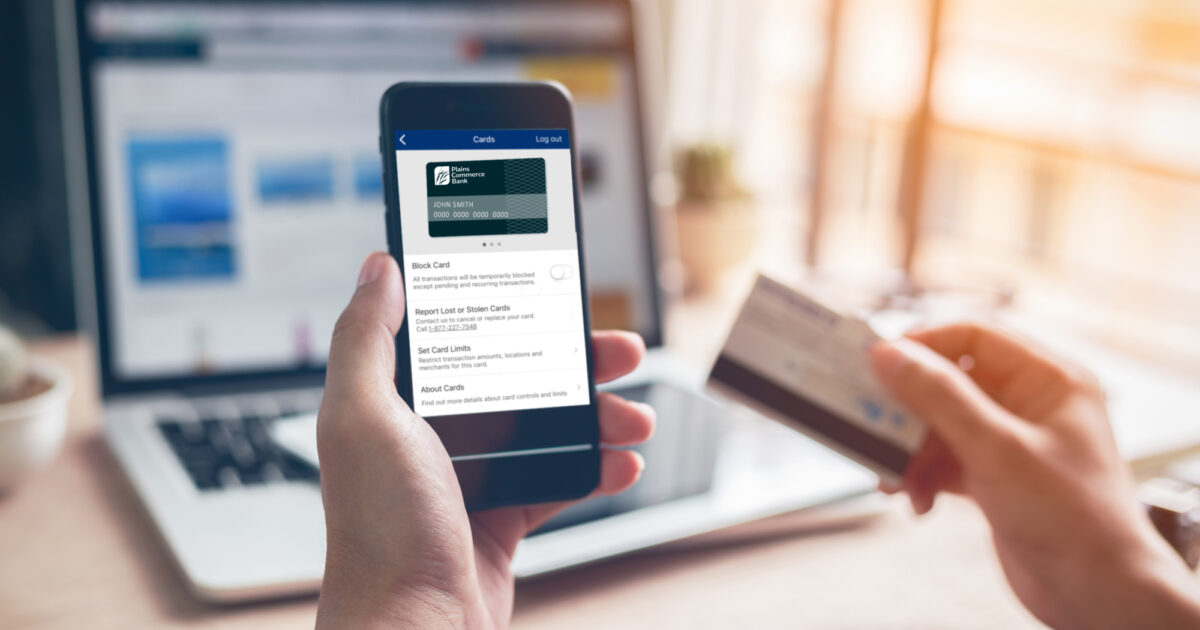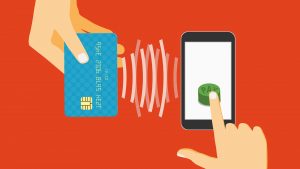Introduction
Welcome to the world of mobile banking apps, where convenience and accessibility meet personal finance. With the rise of smartphones and the rapid advancements in technology, mobile banking has become a popular choice for managing finances on the go. But with convenience comes concerns about security and the safety of sensitive financial information.
In this article, we will delve into the safety measures implemented by mobile banking apps to protect your financial transactions and personal information. We will also explore the potential risks and vulnerabilities associated with using these apps and provide you with actionable tips to ensure a secure mobile banking experience.
Mobile banking apps offer a wide range of benefits that make managing your finances easier than ever before. The ability to access your bank accounts anytime, anywhere, and perform various transactions, such as checking account balances, transferring funds, paying bills, and even depositing checks, makes it extremely convenient.
One of the key advantages of mobile banking apps is the ability to save time. Gone are the days of standing in long queues at the bank or waiting for checks to be cashed. With just a few taps on your smartphone, you can complete financial transactions within seconds.
In addition to convenience, mobile banking apps also provide features that help you stay organized and in control of your finances. Many apps offer budgeting tools, spending trackers, and real-time notifications of account activity, allowing you to better manage your money and make informed financial decisions.
Now let’s address the elephant in the room – security. With sensitive financial information being transmitted and stored on your mobile device, it is crucial to understand the security measures implemented by mobile banking apps to protect your data.
Mobile banking apps employ a variety of security measures to ensure the safety of your transactions and personal information. These measures include encryption, multi-factor authentication, biometric authentication, and secure data storage.
Encryption is a fundamental security measure used by mobile banking apps to encode your data. It ensures that your financial information is transmitted securely over the internet, making it difficult for any unauthorized parties to intercept or decipher the data.
Multi-factor authentication adds an extra layer of security to your mobile banking app by requiring you to provide more than just a password to access your account. This could include a combination of something you know (password), something you have (mobile device), and something you are (biometric data).
Biometric authentication, such as fingerprint or facial recognition, provides an additional level of security by verifying your unique biological traits. It prevents unauthorized access even if your passwords or PINs are compromised.
Secure data storage ensures that your personal information and transaction history are stored in an encrypted and password-protected format, both on your device and on the app’s servers. This minimizes the risk of data breaches or unauthorized access to your financial data.
Benefits of Mobile Banking Apps
Mobile banking apps offer a wide range of benefits that make managing your finances easier and more convenient. Here are some key advantages of using mobile banking apps:
- Convenience: One of the biggest advantages of mobile banking apps is the convenience they provide. With just a few taps on your smartphone, you can access your bank accounts anytime and anywhere. You no longer have to visit a physical branch or ATM to perform basic banking transactions, such as checking your account balance, transferring funds, or paying bills. Mobile banking apps allow you to do all of these tasks with ease and in just a matter of minutes.
- Time-saving: With mobile banking apps, you can save valuable time. Say goodbye to long queues and waiting times at the bank. No need to drive to the nearest branch or find an ATM. Mobile banking apps let you manage your finances on the go, giving you more time for the things that matter most to you.
- Real-time access: Mobile banking apps provide real-time access to your financial information. You can instantly check your account balances, view transaction details, and monitor your spending. This gives you a better understanding of your financial situation and empowers you to make informed decisions about your money.
- Easy money transfers: Mobile banking apps make transferring money between accounts a breeze. Whether you need to send money to a friend, pay back a debt, or transfer funds between your own accounts, you can do it all with just a few taps on your phone. No need to write cheques or visit the bank – mobile banking apps simplify the process and save you time and effort.
- Bill payments: Mobile banking apps allow you to conveniently pay your bills online. With just a few taps, you can set up recurring payments or make one-time payments to utility companies, credit card providers, and other service providers. This eliminates the need to write cheques, purchase stamps, or visit multiple websites to make individual payments.
- Enhanced security: Contrary to common concerns, mobile banking apps often offer enhanced security measures to protect your financial information. These measures typically include encryption, multi-factor authentication, and biometric authentication. By utilizing these security features, mobile banking apps work diligently to safeguard your sensitive data and ensure secure transactions.
Overall, mobile banking apps provide a convenient and efficient way to manage your finances. Whether you need to check your account balances, pay bills, transfer money, or simply stay on top of your financial situation, mobile banking apps offer a wealth of benefits that can make your life easier.
Security Measures Implemented by Mobile Banking Apps
Mobile banking apps prioritize the security of your financial transactions and personal information. These apps utilize a variety of security measures to ensure the safety and confidentiality of your data. Here are some common security measures implemented by mobile banking apps:
- Encryption: Encryption is a fundamental security measure used by mobile banking apps. It involves encoding your data so that it can only be read and understood by authorized parties. By encrypting your financial information, mobile banking apps make it extremely difficult for any unauthorized individuals to intercept or decipher the data that is being transmitted.
- Multi-factor authentication: Mobile banking apps often utilize multi-factor authentication to add an extra layer of security to your account. This typically involves a combination of something you know (such as a password or PIN), something you have (such as your mobile device), and something you are (such as biometric data like fingerprints or facial recognition). By requiring multiple types of authentication, mobile banking apps make it more challenging for unauthorized individuals to gain access to your account.
- Biometric authentication: Many mobile banking apps now offer biometric authentication as a security measure. This involves using your unique biological traits, such as your fingerprints or facial features, to verify your identity. Biometric authentication adds an additional layer of security by ensuring that only you can access your account, even if someone else knows your password or PIN.
- Secure data storage: Mobile banking apps prioritize the secure storage of your personal information and transaction history. They employ strong encryption techniques to safeguard your data both on your device and on their servers. This ensures that even if your mobile device is lost or stolen, your sensitive information remains protected.
- Secure network protocols: Mobile banking apps rely on secure network protocols, such as HTTPS (Hypertext Transfer Protocol Secure), to establish a secure connection between your device and the app’s servers. This encryption of data in transit helps prevent unauthorized access to your information while it is being transmitted over the internet.
- Device authentication: Mobile banking apps often implement device authentication to ensure that only trusted devices can access your account. This involves registering your mobile device with the app and using various identifiers, such as device fingerprints or digital certificates, to verify its authenticity. This helps protect against unauthorized access from unknown devices.
- Regular security updates: Mobile banking apps stay vigilant by regularly releasing security updates and patches. These updates address any known security vulnerabilities and ensure that the app remains secure against emerging threats. It’s important to keep your mobile banking app updated to benefit from the latest security enhancements.
By implementing these security measures, mobile banking apps strive to provide a safe and secure environment for your financial transactions. However, it’s important to note that while these measures greatly reduce the risk of unauthorized access and fraud, no system can guarantee 100% security. It is also crucial for users to follow best practices and take precautions to protect their own mobile devices and personal information.
Risks and Vulnerabilities of Mobile Banking Apps
While mobile banking apps offer many benefits and employ various security measures, it’s important to be aware of the potential risks and vulnerabilities associated with using these applications. Here are some of the key risks and vulnerabilities of mobile banking apps:
- Device security: The security of your mobile device is crucial when using mobile banking apps. If your device is lost, stolen, or compromised, unauthorized individuals may be able to access your banking app and sensitive financial information. It’s essential to protect your device with a strong passcode or biometric authentication and keep your device’s operating system and security software up to date.
- Phishing and malware: Phishing attacks and malware are common threats in the digital world. Attackers may attempt to trick you into providing sensitive information, such as your account credentials or personal details, through fake emails, text messages, or websites. They can also deliver malware to your device, which can compromise the security of your mobile banking app. Be cautious of suspicious communications and only download apps from trusted sources.
- Public Wi-Fi: Using mobile banking apps on public Wi-Fi networks can expose your data to potential interception by hackers. These networks are often unsecured, making it easier for attackers to gain access to your sensitive information. Whenever possible, use a secure and private internet connection, such as your cellular data network or a trusted Wi-Fi network with encryption, to access your mobile banking app.
- Weak passwords: Using weak or easily guessable passwords poses a significant risk to the security of your mobile banking app. It’s important to create strong, unique passwords that include a combination of uppercase and lowercase characters, numbers, and symbols. Avoid using easily guessable information, such as your name or birthdate, as part of your password.
- App vulnerabilities: Mobile banking apps can sometimes have vulnerabilities that hackers can exploit to gain unauthorized access to your account or sensitive data. App developers work diligently to identify and patch these vulnerabilities, but it’s crucial to keep your mobile banking app updated with the latest version, as updates often include security fixes.
- Social engineering: Social engineering involves manipulating individuals into disclosing sensitive information or performing actions that could compromise their security. Attackers may impersonate official bank representatives or use social engineering tactics to trick you into revealing your login credentials or other personal information. Always be cautious and verify the authenticity of any requests for personal or financial information.
- Lost or stolen devices: If your mobile device is lost or stolen, unauthorized individuals may gain access to your mobile banking app and personal financial information. It’s important to have a device security feature enabled, such as remote wiping, which allows you to erase all data on your device remotely. Additionally, you should report the loss or theft to your bank immediately to prevent unauthorized transactions.
By understanding these risks and vulnerabilities, you can take appropriate measures to protect yourself and ensure a secure mobile banking experience. By being vigilant and following best practices, you can mitigate the potential risks and enjoy the convenience of mobile banking while keeping your financial information safe.
Ways to Protect Yourself When Using Mobile Banking Apps
While mobile banking apps offer convenience and security, it’s important to take additional steps to protect yourself and your financial information. Here are some ways to enhance your security when using mobile banking apps:
- Use strong and unique passwords: Create strong passwords that include a combination of uppercase and lowercase letters, numbers, and symbols. Avoid using easily guessable information and refrain from reusing passwords across multiple accounts. Consider using a password manager to securely store and generate unique passwords for your mobile banking app and other online accounts.
- Enable biometric authentication: Take advantage of the biometric authentication features, such as fingerprint or facial recognition, offered by your mobile banking app. These features add an extra layer of security by verifying your unique biological traits, making it difficult for unauthorized individuals to access your account even if they acquire your password.
- Keep your app up to date: Regularly update your mobile banking app to ensure that you have the latest security patches and bug fixes. App updates often include security enhancements that address vulnerabilities and protect against emerging threats. Enable automatic updates whenever possible to ensure you’re always running the most secure version of the app.
- Be cautious of phishing attempts: Be vigilant of phishing attempts where attackers try to trick you into revealing your personal information or login credentials. Exercise caution when clicking on links or opening attachments in emails or text messages. Avoid providing sensitive information in response to unsolicited requests and only download mobile banking apps from trusted sources.
- Secure your device: Implement security features on your mobile device, such as strong passcodes, biometric authentication, and device encryption, to protect against unauthorized access. Enable features like remote wiping, which allows you to erase all data on your device remotely in case it is lost or stolen. Regularly update your device’s operating system and security software to maintain a secure environment.
- Use secure networks: When accessing your mobile banking app, avoid using public Wi-Fi networks, as they are often unsecured and can leave your data vulnerable to interception. Instead, use a secure and private internet connection, such as your cellular data network or a trusted, password-protected Wi-Fi network with encryption.
- Monitor your accounts: Regularly review your account activity and transactions to identify any unauthorized or suspicious activity. Set up notifications or alerts through your mobile banking app to receive real-time updates on account activity. Report any discrepancies or fraudulent transactions to your bank immediately.
- Practice smart browsing habits: Be cautious when visiting websites or clicking on links within your mobile banking app. Stick to reputable and well-known websites, and be wary of downloading files or apps from untrusted sources. Avoid sharing sensitive information, such as account numbers or personal details, on websites or forms that do not use secure connections (look for “https” in the URL).
By implementing these practices, you can enhance the security of your mobile banking app and protect yourself from potential threats. Remember, staying informed and being proactive in safeguarding your personal and financial information is the key to a secure mobile banking experience.
Best Practices for Secure Mobile Banking
When it comes to mobile banking, following best practices is crucial to ensure the security of your financial transactions and personal information. Here are some best practices to consider for a secure mobile banking experience:
- Download apps from trusted sources: Only download mobile banking apps from official app stores like Google Play Store or Apple App Store. These platforms have strict security measures in place to ensure the apps available for download are safe and free from malware.
- Keep your apps updated: Regularly update your mobile banking app and your device’s operating system to ensure you have the latest security patches and bug fixes. App updates often include security enhancements that protect against potential vulnerabilities.
- Use strong and unique passwords: Create strong, unique passwords for your mobile banking app and avoid using the same password for multiple accounts. A strong password includes a combination of uppercase and lowercase letters, numbers, and special characters. Consider using a trusted password manager to generate and store complex passwords securely.
- Enable multi-factor authentication: Enable multi-factor authentication whenever possible. This adds an extra layer of security by requiring additional verification steps, such as a fingerprint or a one-time passcode, in addition to your password or PIN.
- Be cautious of phishing attempts: Beware of phishing attempts where attackers try to trick you into revealing your personal and financial information. Do not click on suspicious links or provide sensitive information in response to unsolicited requests. Always verify the authenticity of any communication before taking action.
- Protect your device: Secure your mobile device by using a strong passcode or biometric authentication. Enable features such as remote tracking, locking, and wiping to protect against loss or theft. Install a reputable security software or mobile antivirus app to help detect and prevent malware threats.
- Use secure networks: Avoid using public Wi-Fi networks when accessing your mobile banking app, as they can be susceptible to interception. Use a trusted network connection with encryption, such as your cellular data or a password-protected Wi-Fi network, to ensure the security of your data.
- Monitor your accounts regularly: Review your account activity regularly and report any suspicious transactions to your bank immediately. Set up transaction alerts or notifications through your mobile banking app to stay informed about any changes or activities on your account.
- Do not store sensitive information: Avoid storing sensitive information, such as account numbers, passwords, or PINs, directly within your mobile banking app. This helps reduce the risk of exposure in case your device is lost or compromised.
- Log out and secure your app: Always remember to log out of your mobile banking app when you are finished using it. Enable a lock screen timeout on your device to automatically lock the app after a period of inactivity. This adds an extra layer of security in case your device is lost or left unattended.
By following these best practices, you can significantly enhance the security of your mobile banking experience. However, remember that security is a shared responsibility. Stay vigilant, keep yourself informed about the latest security threats, and promptly report any suspicious activity to your bank. By practicing good security habits, you can enjoy the convenience of mobile banking while safeguarding your financial well-being.
Conclusion
Mobile banking apps have revolutionized the way we manage our finances, providing us with convenience, accessibility, and enhanced control over our personal finances. However, it’s important to be aware of the potential risks and vulnerabilities associated with using these apps. By understanding the security measures implemented by mobile banking apps, being aware of the risks, and following the best practices outlined in this article, you can ensure a secure mobile banking experience.
Mobile banking apps employ various security measures, such as encryption, multi-factor authentication, and biometric authentication, to protect your financial transactions and personal information. These apps prioritize the secure storage of your data and regularly release updates to address any known vulnerabilities.
Despite these security measures, it’s important to take additional steps to protect yourself when using mobile banking apps. Use strong and unique passwords, enable multi-factor authentication, and be cautious of phishing attempts and suspicious communications. Secure your mobile device, avoid using public Wi-Fi networks, and regularly monitor your accounts for any unauthorized activity.
By following these best practices, you can minimize the risks and vulnerabilities associated with mobile banking apps and enjoy a secure and convenient banking experience on your mobile device.
Remember, security is a shared responsibility. Financial institutions and mobile banking app developers continue to enhance security measures, but it’s essential for individuals to stay informed and proactive in protecting their own financial information.
By combining the security measures provided by mobile banking apps with your own proactive efforts, you can confidently navigate the world of mobile banking and take full advantage of the convenience and accessibility it offers while keeping your finances safe and secure.







